When does the coffee bloom? The first flowering period of coffee trees is about three years.
To coffee aficionados like me, there is no smell that can compare to the smell of coffee fields in bloom. Coffee tree's first flowering period is about three years, white flowers for the five-petal tubular flowers, floating with a faint jasmine fragrance, inflorescences dense and arranged in clusters. After two or three days of flowering, it will wither and begin to bear fruit after a few months. In Yunnan, this period coincides with the beginning of the rainy season, usually in March or April, when the weather is drier and temperatures begin to rise, and rain breaks open sleeping buds. For the upcoming coffee ripening season, these open coffee flowers have great significance.
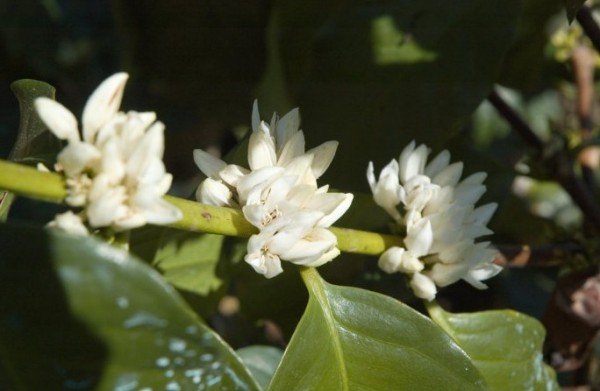
90-95% of Arabica coffee trees are self-pollinated: pollen pollinating flowers comes from the same plant, and berries begin to develop immediately thereafter. The fruit is a stone fruit, about 1.5 cm in diameter, which changes from green to yellow or red with maturity, depending on the variety. Because of the staggered timing of flowering, you will see both red and green berries hanging from the tree. Coffee fruit contains two seeds, namely coffee beans. The two beans stand upright facing each other on one side of their plane.
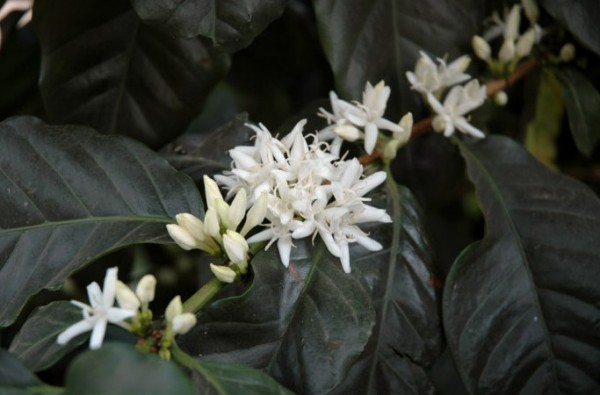
The time it takes for coffee berries to ripen from flowering is influenced by several factors, including coffee varieties, climatic conditions, and agronomic practices. For Arabica coffee, it takes about 6-9 months, which means that it can be harvested from this time in Yunnan. The harvest season in the coffee belt begins in October (September in warmer regions) and continues until February. While harvesting can be mechanized when conditions permit, most countries still harvest coffee by hand.
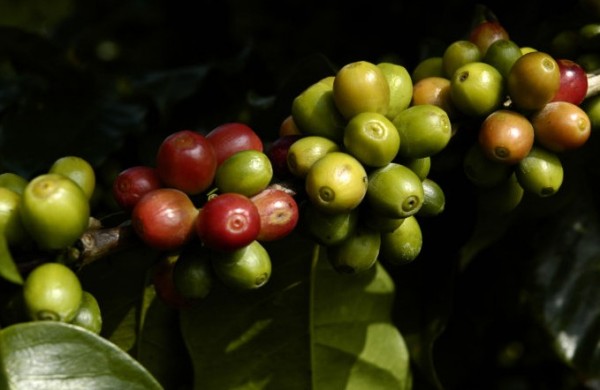
Manual picking is a labor-intensive operation with high cost. Therefore it is mainly used for picking high-quality Arabica coffee beans. This is only the first step in the production of high-quality coffee, and it is also the method of picking coffee in Yunnan. Fresh fruits need to be peeled on the day of picking, followed by fermentation, washing and drying to ensure that coffee beans maintain the purest original mellow aroma and taste.
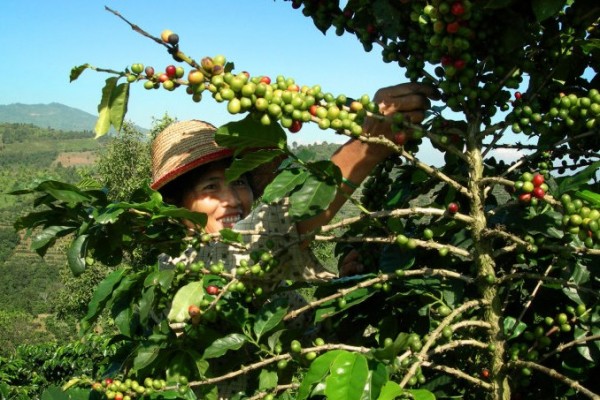
When high-quality coffee beans are picked, the most important steps in making it gourmet coffee are roasting and blending. Coffee beans from different origins therefore present different flavors of fragrance, dryness, alcohol, bitterness and acidity. A master baker must have the temperament of an artist and the rigor of a scientist. This ensures that the roasting process carbonizes the sugar and other carbohydrates in the coffee, resulting in the well-known coffee fat, producing good coffee of high quality and consistent style. Technically, this subtle chemical isn't really fat (because it dissolves in water), but it is the source of coffee's aroma. Professional coffee is generally roasted in small batches. The different degrees of roasting of the coffee beans determine how the coffee beans will ultimately present flavor. The aroma extracted from coffee beans is directly proportional to the roasting time. The deeper the roasting degree, the less caffeine and acidity. The deeper the roast, the more burnt you taste and the lighter the coffee beans themselves.
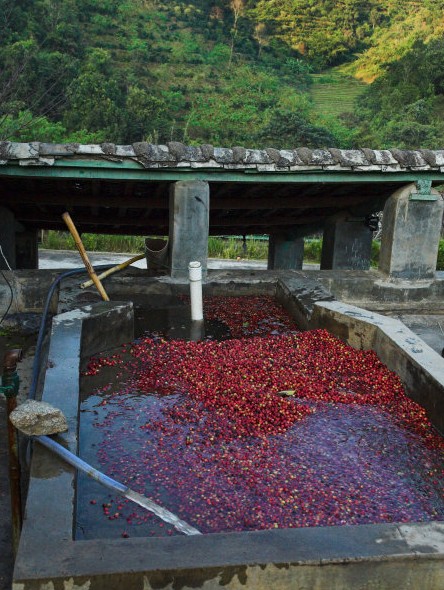
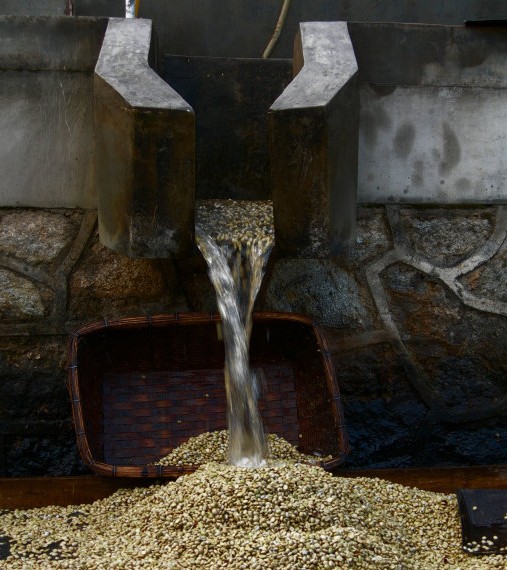
There are more than 100 coffee origins in the world, and the coffee beans produced are unique. Coffee beans are blended to balance the flavor of coffee and create an unparalleled taste. Single coffee beans generally lack the complex flavors necessary to make delicious coffee. Many coffee blends contain three to seven different types of coffee beans. A master roaster knows the characteristics of each bean and blends them artistically to create a whole new flavor. Yet the knowledge of a master roaster blending coffee beans is one of the most highly classified secrets in the industry. Baking first or mixing first is always a question of debate among bakers. Generally speaking, roasting each individual coffee before blending maximizes the different flavor characteristics of each coffee.
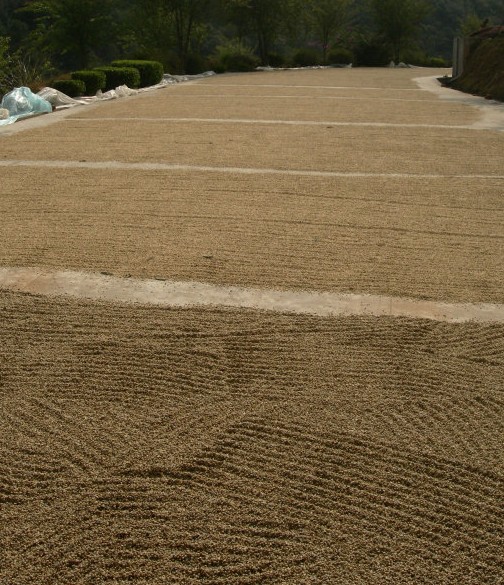
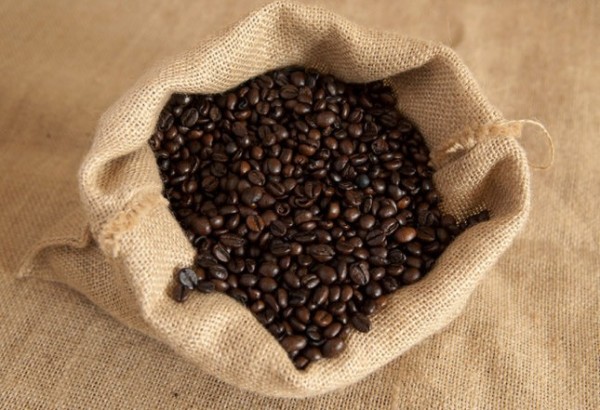
Coffee beans must be ground to a fine powder to make a pot of delicious coffee. However, keeping the quality and freshness of coffee beans is not an easy task. In 1930, the Brazilian Coffee Institute consulted with the Swiss company Nestle and asked them to try to produce a dry coffee that immediately became a beverage after being stirred with heated water. Nestle took eight years to study. They found that the most effective method was to spray espresso extract through hot air jets. The heat evaporates the water in the coffee extract, leaving behind dried coffee particles. The powder became a popular drink because it dissolved easily in boiling water. The new instant coffee is named NESCAFE (Nespresso coffee), meaning the perfect combination of Nespresso and coffee. Today, there are still a large number of researchers in Nestle's R & D center constantly working hard to ensure that everyone can enjoy the most delicious coffee every day.
Today, when you hold a cup of mellow Nestle coffee, you will know that this mellow fragrance comes from Yunnan's unique climate, from the hard work of farmers, and also from the wisdom and professionalism of Nestle and its researchers. For me and my team, bringing you the most mellow coffee is our ultimate goal and ideal.

Important Notice :
前街咖啡 FrontStreet Coffee has moved to new addredd:
FrontStreet Coffee Address: 315,Donghua East Road,GuangZhou
Tel:020 38364473
- Prev
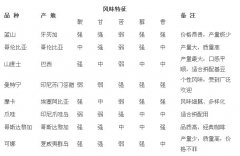
The Flavor of Fine Coffee describes the Flavor characteristics of Coffee in Coffee producing area
After coffee beans spread to all parts of the world, due to the different climate, soil quality, planting methods and processing methods, the taste of coffee beans can be said to be completely different. Here is a list of the basic flavor characteristics of Arabica coffee beans from different producing areas (it should be noted that the flavor of coffee produced by different producing areas and different farms in the same place will be different. Some people usually think that coffee
- Next

Know the coffee bean producing countries of the coffee football kingdom of Brazil
Brazilian coffee Brazils to distinguish it from Milds coffee. The vast majority of Brazilian coffee is unwashed and sun-dried and is classified according to the name of the state of origin and port of transport. Brazil has 21 states and 17 states produce coffee, but four of them produce the largest, accounting for 98% of Brazil's total output. They are: Parana and SaoPaulo.
Related
- Detailed explanation of Jadeite planting Land in Panamanian Jadeite Manor introduction to the grading system of Jadeite competitive bidding, Red bid, Green bid and Rose Summer
- Story of Coffee planting in Brenka region of Costa Rica Stonehenge Manor anaerobic heavy honey treatment of flavor mouth
- What's on the barrel of Blue Mountain Coffee beans?
- Can American coffee also pull flowers? How to use hot American style to pull out a good-looking pattern?
- Can you make a cold extract with coffee beans? What is the right proportion for cold-extracted coffee formula?
- Indonesian PWN Gold Mandrine Coffee Origin Features Flavor How to Chong? Mandolin coffee is American.
- A brief introduction to the flavor characteristics of Brazilian yellow bourbon coffee beans
- What is the effect of different water quality on the flavor of cold-extracted coffee? What kind of water is best for brewing coffee?
- Why do you think of Rose Summer whenever you mention Panamanian coffee?
- Introduction to the characteristics of authentic blue mountain coffee bean producing areas? What is the CIB Coffee Authority in Jamaica?

